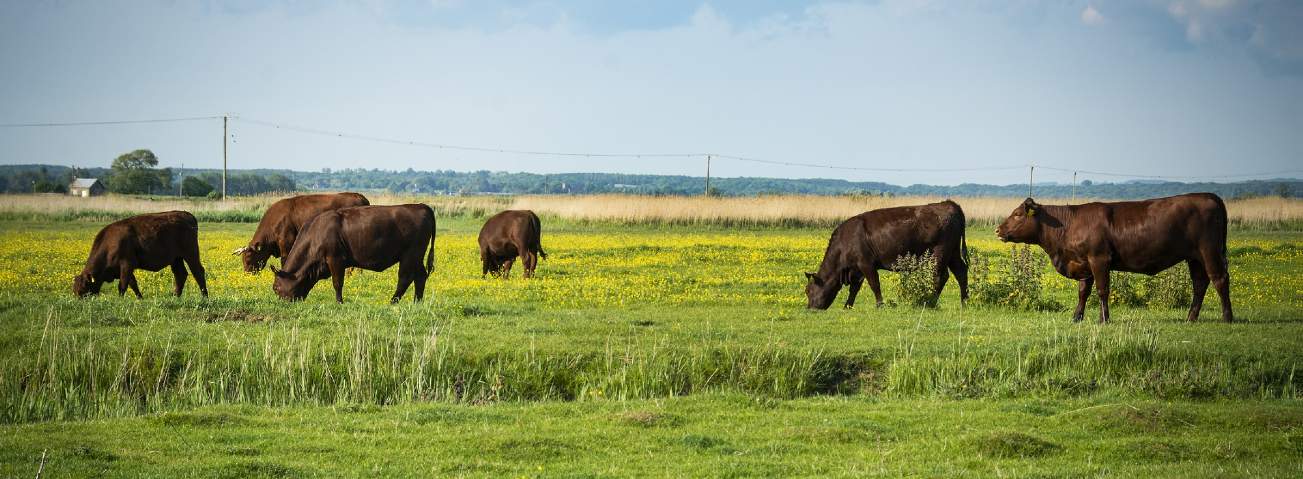Food production, though important and recently identified as a public good by the Prime Minister, is one of many demands on land, a list that includes energy and renewables, care for the environment, tree and woodland planting, health and wellbeing, housing and development, infrastructure, and tourism and leisure.
The need for change
Whilst there are calls to increase the amount of land used for housing, woodland, and renewable energy generation as well as increasing food production to feed a growing population, the amount of land we have available to do this on will remain largely the same. To accommodate all these uses, change is needed.
Whether that is change in agricultural production; working with nature and harnessing new technologies to increase productivity while allowing space for habitat creation and recovery, or looking to alternative locations for renewable energy production, i.e. utilising existing – or new – roofs for solar arrays rather than ground-mounted systems, the need to adopt new ways forward is pressing.
Food production and the environment
At first glance, the twin drives to increase food production and make environmental gains seem to be in direct opposition with each other, but this does not have to be the case. Savills publication, Spotlight: Food and the environment, focuses on these two factors and highlights the need to make operational, behavioural, and financial changes to meet these challenges.
The report also looks at the returns from regenerative agricultural methods; comparing a purely conventional model, encompassing a light-touch application of Sustainable Farming Incentive (SFI) scheme actions, with implementing a change to a regenerative agricultural model that leverages income from a larger range of SFI actions to mitigate some of the income lost from reduced yields during the transition phase. The regenerative model also accesses other regenerative premiums such as milling wheat premium payments and soil carbon credits to boost income. Our research showed that whilst in the first year of transition the net margin for the regenerative system did dip to 90% of conventional net margin, by the sixth operational year the regenerative model outperformed the conventional net margin by 31%.
Is regenerative agriculture the ‘new normal’?
The aim of the SFI is to alter behaviour by providing a financial incentive to make changes for the environment. Working ‘smarter, not harder’ through utilising existing and developing technology can address the challenge of returning yields from regenerative farming to those currently achieved with conventional high-artificial inputs while protecting and encouraging the restoration of the natural environment.
It is intended that the changes brought about through implementing SFI actions will make regenerative agriculture the ‘new normal’. In some ways, regenerative agricultural practices are a return to the ‘old normal’ prior to the large-scale use of artificial inputs – reintroducing methods that became outdated in more intensive systems. For example, having turned away from mixed farming and sold-off their livestock, arable farmers are now partnering with dairy farms to make use of the natural fertiliser in slurry, or with graziers to take advantage of the benefits of trampling in manure and plant material as the livestock mob-graze catch or cover crops. In some systems, arable farmers are utilising sheep to graze winter-sown crops as a natural fertiliser and to act as both disease control and growth regulator.
On top of competing demands for land use, the general election in July highlights that important resources such as food and the environment need a long-term cross-party political approach; one that transcends short-term political cycles. Without a robust and healthy environment or a secure food supply, in global terms, the very survival of society as we know it is placed in jeopardy. What could be more important than that?
Further information
Contact Patricia Singleton or Andrew Wraith

.jpg)

.jpg)

.jpg)
.jpg)
.jpg)
.jpg)

